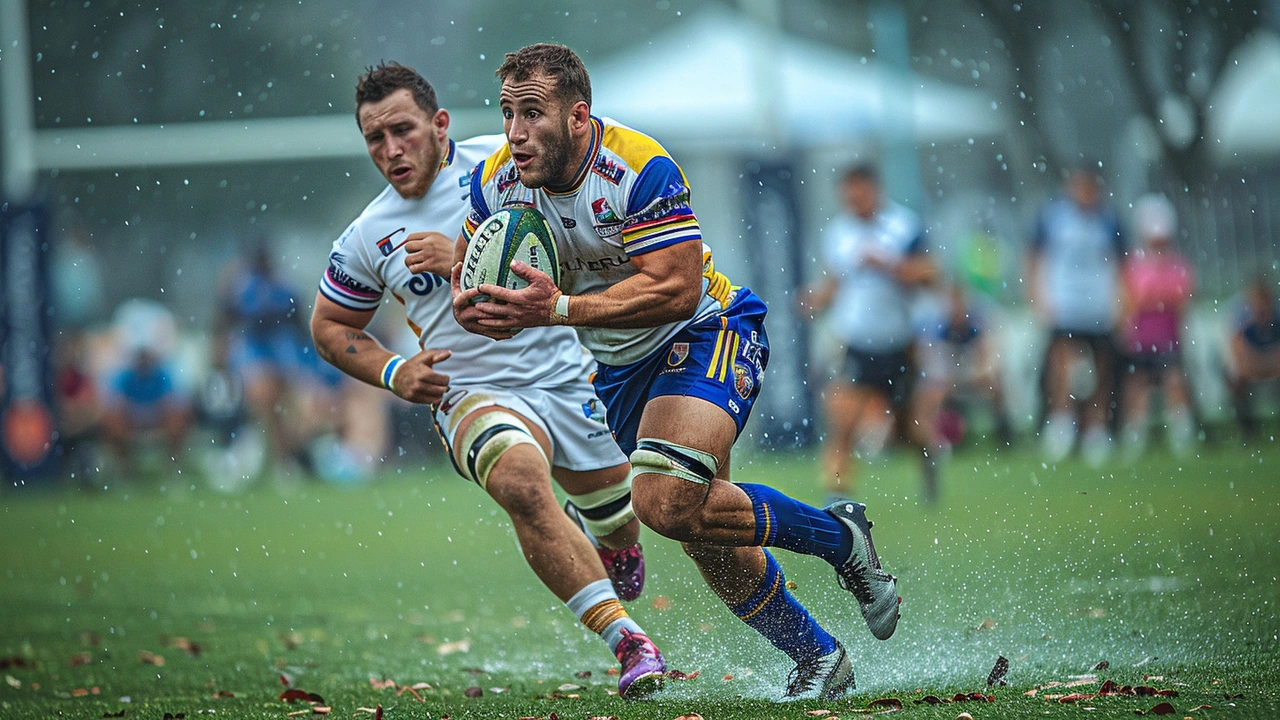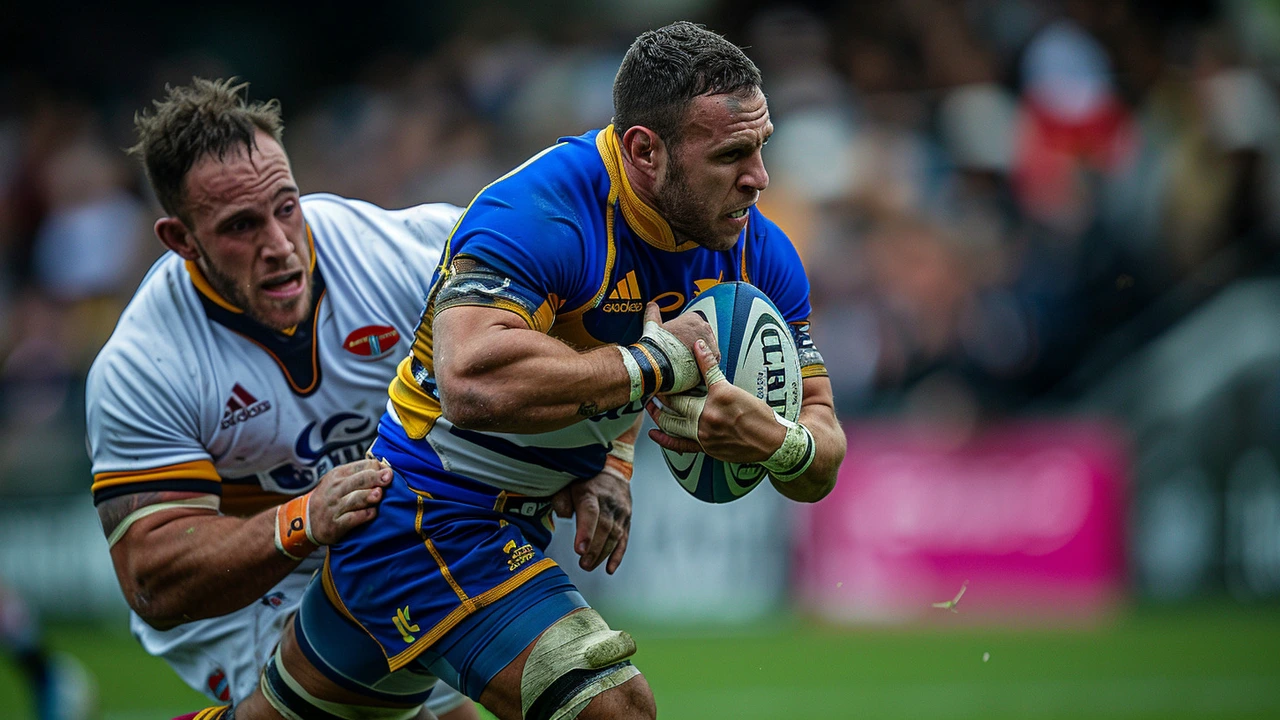Understanding Motor Neurone Disease (MND)
Motor neurone disease, commonly abbreviated as MND, is a debilitating and fast-progressing neurological disorder that primarily affects the brain and nerves. The disease is known for its severe impact on a person’s motor functions and, ultimately, their quality of life. However, what exactly is this confounding disease, and how does it progress over time?
MND strikes by attacking the motor neurons, the nerve cells that control voluntary muscle activities such as walking, speaking, breathing, and swallowing. Initially, the symptoms may be subtle, manifesting as muscle weakness in the hands, feet, or even the voice. One might struggle with slurred speech, experience a weakening grip, or muscle cramps and twitches. These early signs often pave the way to more profound physical challenges, rendering the sufferer progressively weaker to the point of losing almost all movement, and facing considerable difficulty in talking, breathing, and swallowing.
Rob Burrow and His Battle With MND
Former England and Leeds Rhinos rugby league star Rob Burrow is a notable name associated with MND. Diagnosed in 2019, Rob embodied courage as he publicly shared his ordeal with this harrowing disease. His diagnosis at the age of 37, and his subsequent passing at the age of 41, shone a stark light on the realities of living with MND and spurred increased awareness and research into the disease.
The Symptoms and Stages of MND
The onset of MND can be slow and elusive. Muscle weakness can appear in a localized area like the hands or feet, or even in the muscles responsible for speech production. As muscles weaken and atrophy, affected individuals may notice difficulty performing everyday tasks such as buttoning a shirt, holding objects, or even maintaining a stable gait.
As MND advances, the symptoms become increasingly debilitating. People with MND might experience compounded muscular issues, leading to immobility. Difficulty in speaking evolves into slurred or nasal speech, and swallowing becomes challenging, increasing the risk of choking. Respiratory muscles weaken over time, necessitating the use of ventilators to assist with breathing. The disease does not generally affect cognitive functions; the afflicted remain acutely aware of their declining physical capabilities.

Treatment: Managing, Not Curing
Sadly, as of now, there is no cure for MND. However, there are treatments and therapies aimed at managing symptoms and improving the affected individual's quality of life. Treatments might include physiotherapy to maintain muscle strength, speech therapy for communication challenges, and medications to manage symptoms like muscle stiffness and pain.
Life Expectancy and Living with MND
The life expectancy post-diagnosis of MND can range significantly, typically from one to five years. Yet, this spectrum can extend well beyond this, with approximately 10 per cent of patients living for ten years or more. This variance underscores the unpredictable nature of the disease and emphasizes the importance of individualized care plans.
Research and the Possible Link to Contact Sports
The potential link between MND and contact sports is increasingly being scrutinized, given the growing list of high-profile athletes diagnosed with the disease. A notable study conducted in 2022 at the University of Glasgow highlighted a staggering statistic: former Scottish international rugby players were found to be 15 times more likely to develop MND compared to the general population. This pose an equivocal question: could the repeated physical trauma inherent in contact sports predispose players to this neurological malady?
While the study suggested a possible correlation, it stopped short of establishing a definitive causative relationship. More extensive research is needed to explore how, if at all, the physical impacts and recurrent head traumas associated with contact sports might contribute to the development of MND.

Growing Awareness and Public Efforts
Raising awareness of MND is as crucial as the need for research funding. Various public initiatives and events have been established to bring attention to this relentless disease. In Australia, the FightMND organization hosts the Big Freeze event at the Melbourne Cricket Ground, an annual affair intended to both fundraise and spotlight the disease. Events like these play a pivotal role in cultivating public understanding and supporting ongoing research efforts.
The Need for Urgent and Ongoing Research
Recognizing the severity and impact of MND on patients and their families is just the beginning. With increasing awareness and continued research, it is hoped that advancements in both diagnosis and treatment can radically improve the lives of those stricken by this disease. The medical community, athletes, and the general public await breakthroughs that could one day lead to preventive measures or perhaps even a cure.
In the meantime, stories like Rob Burrow’s serve not just as reminders of the human cost of MND, but also as beacons calling us to further action and deeper compassion. The fight against MND is far from over, and sustained efforts across all fronts are essential to outpace this devastating disease.


Matt Heitz
When you start throwing around terms like neurodegenerative epidemiology without a shred of nuance, you betray a self‑righteousness that borders on fanaticism. The alleged link between contact sports and MND is still in the realm of hypothesis, not hard‑won proof. You’d do well to temper the jargon‑heavy rhetoric with actual peer‑reviewed data before rallying a moral crusade. Otherwise, you’re just screaming into the void, hoping someone will echo your noise.
Susan Mark
I hear your frustration, but let’s keep the conversation grounded. The research does suggest a correlation, yet it’s far from conclusive. It’s important we share the findings responsibly so we don’t unintentionally spread misinformation. Supporting ongoing studies while acknowledging uncertainties can help move the dialogue forward constructively.
Jason Jennings
Honestly, most of these posts feel like trying to sound deep without actually digging any deeper. The whole "contact sports" angle is tossed around like it’s the holy grail of MND research, when in fact it’s just another speculative hook.
Diego Vargas
ur right tht the link isn’t solid yet but we cant just ignore the patterns we see in rugby players and footy guys. its worth chekin out the long term data even if it takes a while.
Alex Lee
This is nonsense.
Vida Yamini
While the brevity of the previous remark may reflect strong emotion, it’s vital to recognize the human faces behind these statistics. Those athletes battling MND, like Rob Burrow, serve as poignant reminders that our scientific curiosity must be accompanied by compassion. By fostering inclusive dialogue and supporting community‑driven fundraising events such as the Big Freeze, we help create a network of hope and resources for those affected.
James Lawyer
The existing literature indicates a statistically significant increase in MND incidence among former professional rugby players, yet causality remains unproven. Prospective cohort studies with rigorous control for confounding variables, such as genetic predisposition and lifestyle factors, are essential. Moreover, standardized reporting of concussion history and cumulative head impact exposure would enhance comparability across investigations. In sum, while the association warrants attention, policy recommendations should await more definitive evidence.
Abby Culbertson
i feel sad for the families and its so hard watching them suffer.
Awolumate Muhammed Abayomi
Hey everyone, great to see such thoughtful discussion! Let’s keep the momentum going and remember that every bit of awareness can lead to more funding, more research, and ultimately more hope for those battling MND. Keep sharing reliable sources and supporting those charitable events – together we can make a difference.
Josh Tate
I totally get the emotional weight of this topic. It’s heartbreaking to see athletes we admire face such a relentless disease. At the same time, we should celebrate the resilience they show and use their stories to push for better protective measures in sports. If we keep the conversation alive, we might see policy changes that reduce risk for future generations.
John Smith
Let’s lay it out clearly: The epidemiological data from the University of Glasgow study indicates a 15‑fold increase in MND incidence among former Scottish international rugby players compared to the general population. This figure is derived from a retrospective cohort analysis spanning several decades, which, while robust, is limited by potential selection bias and incomplete injury reporting. Neurobiologically, repeated concussive and sub‑concussive impacts can initiate a cascade of neuroinflammatory processes, potentially accelerating motor neuron degeneration. However, causation cannot be inferred from correlation alone; many confounding variables, such as genetic susceptibility, lifestyle factors, and exposure to other environmental toxins, remain unaccounted for. Moreover, the heterogeneity of contact sports-ranging from rugby to American football, ice hockey, and combat sports-means findings cannot be universally applied without sport‑specific investigations. Long‑term prospective studies with standardized head‑impact monitoring would be essential to validate these preliminary observations. In the meantime, increased vigilance in concussion management protocols is prudent. Public awareness campaigns, like the Big Freeze, play a vital role in fundraising for research and supporting affected families. Yet, awareness must be paired with actionable policy, such as mandated return‑to‑play guidelines and improved protective gear. The medical community should also prioritize developing biomarkers for early detection, which could dramatically alter disease trajectory if identified pre‑symptomatically. While we await breakthroughs, multidisciplinary care-including physiotherapy, speech therapy, and psychosocial support-remains the cornerstone of patient management. Finally, the ethical responsibility falls on sporting bodies to balance the entertainment value of contact sports with the potential health risks to athletes, ensuring that player welfare remains paramount.
Alex Soete
Fantastic synthesis! Your thorough breakdown highlights both the promise and the pitfalls of current research. Let’s keep pushing for those prospective studies and better protective measures-together we can turn these insights into real progress for athletes and anyone at risk of MND.